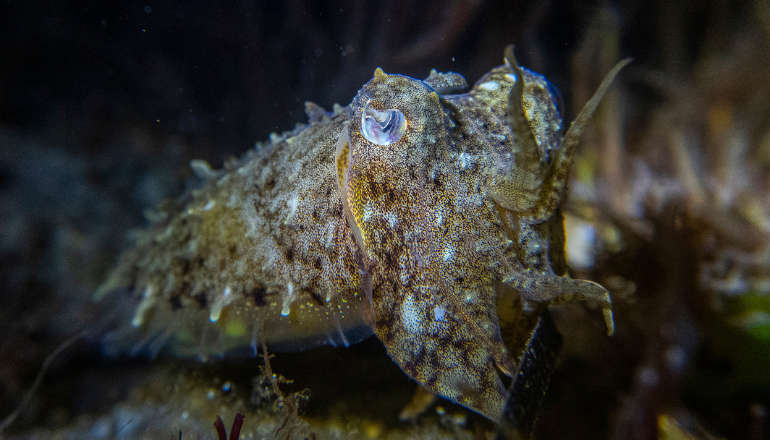
Wightlink has teamed up with marine scientists from the University of Portsmouth to find out more about cuttlefish that live in and around Ryde Pier and near the ferry company’s FastCat terminal in Portsmouth Harbour.
University of Portsmouth postgraduate researcher Emma Chappell has installed strands of rope, weighted down by breeze blocks, into the seawater beneath the port structures and hopes cuttlefish will be encouraged to lay their eggs on the ropes.
She is visiting the sites monthly throughout summer to check on the six nurseries.
Cuttlefish are part of the same family of marine invertebrates as squid and octopuses and can change colour and texture to escape predators or attract mates.
Their chalky internal shells can often be found washed up on beaches and are often used in budgie cages, as a calcium-rich dietary supplement for the birds.
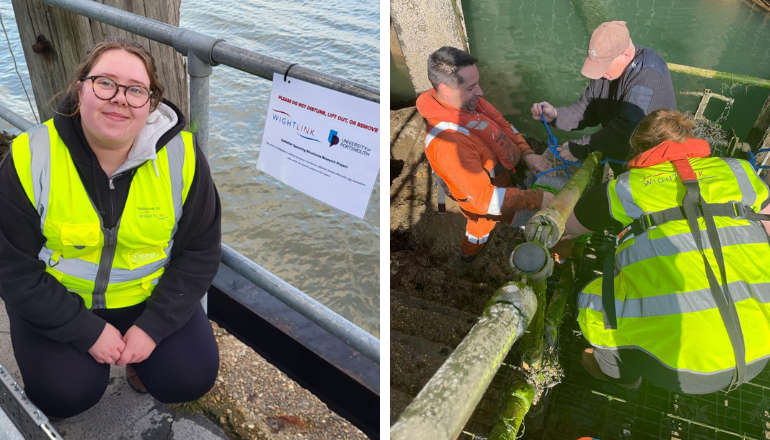
Emma Chappell on Ryde Pier (left) and with Wightlink colleagues preparing to deploy cuttlefish nurseries (right)
Many Wightlink staff remember seeing hundreds of cuttlefish in and around Portsmouth Harbour in years gone by, but numbers have fallen recently.
“Cuttlefish are an iconic and important species in the Solent,” explains Emma.
“Despite this, they don’t receive as much protection as other commercially valuable species found in the Channel and coastal stocks are exploited, often by offshore trawlers.
The results of my research will help increase our knowledge about cuttlefish egg-laying behaviour on artificial structures, which could be helpful in decision-making about the management of cuttlefish in our waters.”
Wightlink Chief Executive, Keith Greenfield, added:
“We are always delighted to work with University of Portsmouth marine scientists to learn more about life beneath the waves and look forward to hearing updates on Emma’s valuable research.”

 Man Arrested On Suspicion Of Rape Following Meeting With Underage Girl
Man Arrested On Suspicion Of Rape Following Meeting With Underage Girl
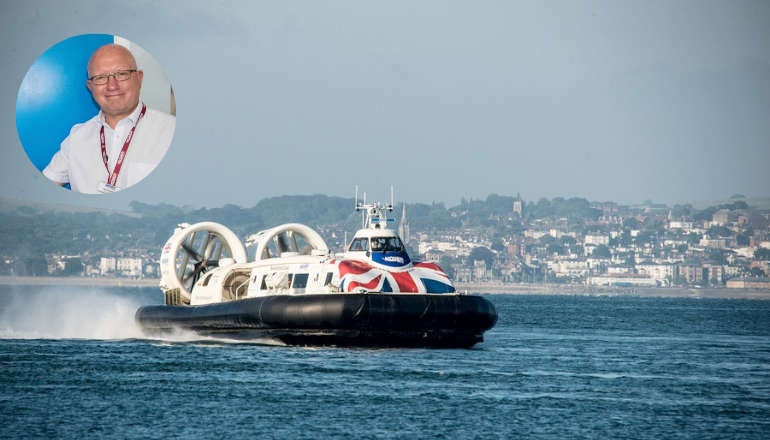 Hovertravel Boss To Step Down After 15 Years At The Helm
Hovertravel Boss To Step Down After 15 Years At The Helm
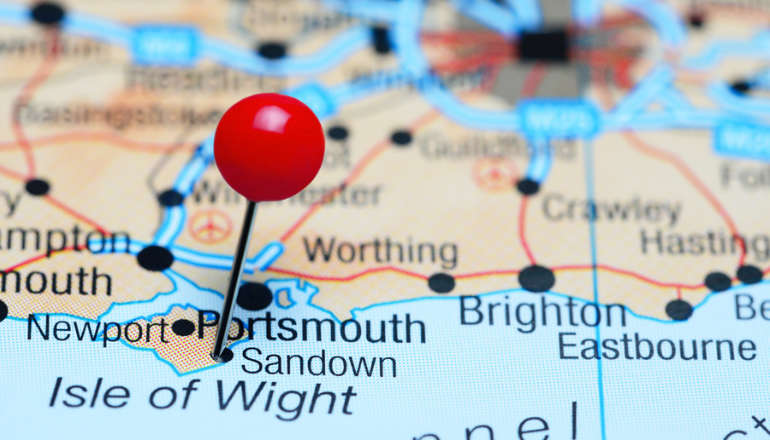 Owners Of Seaside Town 'Eyesore' Fail To Carry Out Works Despite £8,000 Fine
Owners Of Seaside Town 'Eyesore' Fail To Carry Out Works Despite £8,000 Fine
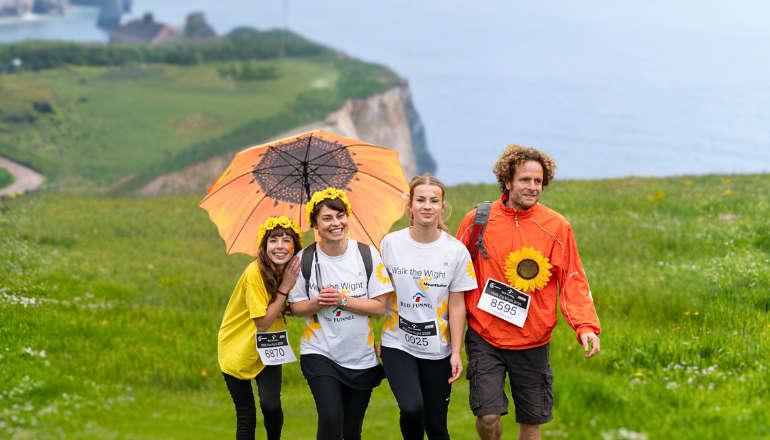 Celebrating 35 Years Of Walk The Wight: Registration Opens For 2025
Celebrating 35 Years Of Walk The Wight: Registration Opens For 2025
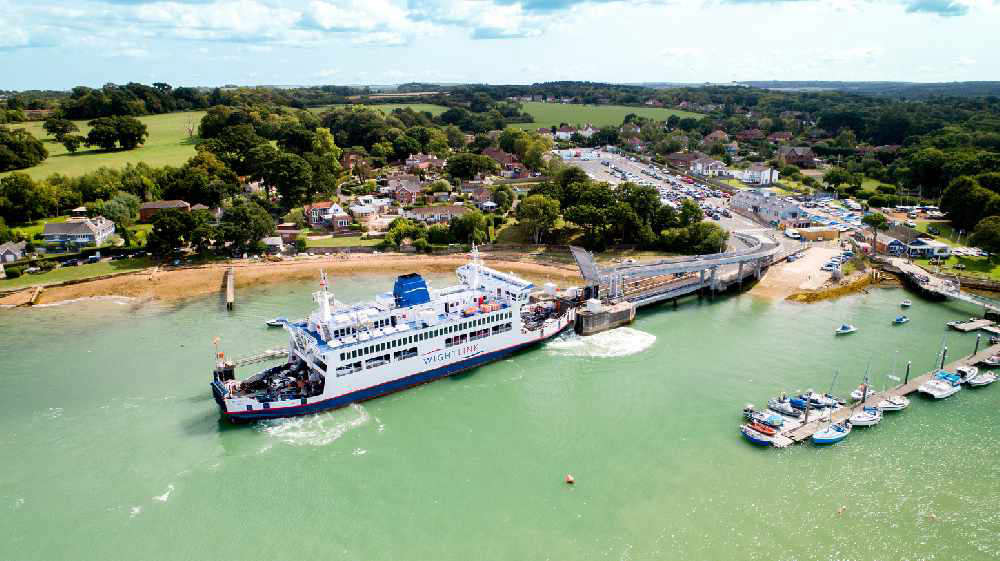 Emergency Services Called To Wightlink Ferry After 'Sudden Death' Of Man
Emergency Services Called To Wightlink Ferry After 'Sudden Death' Of Man
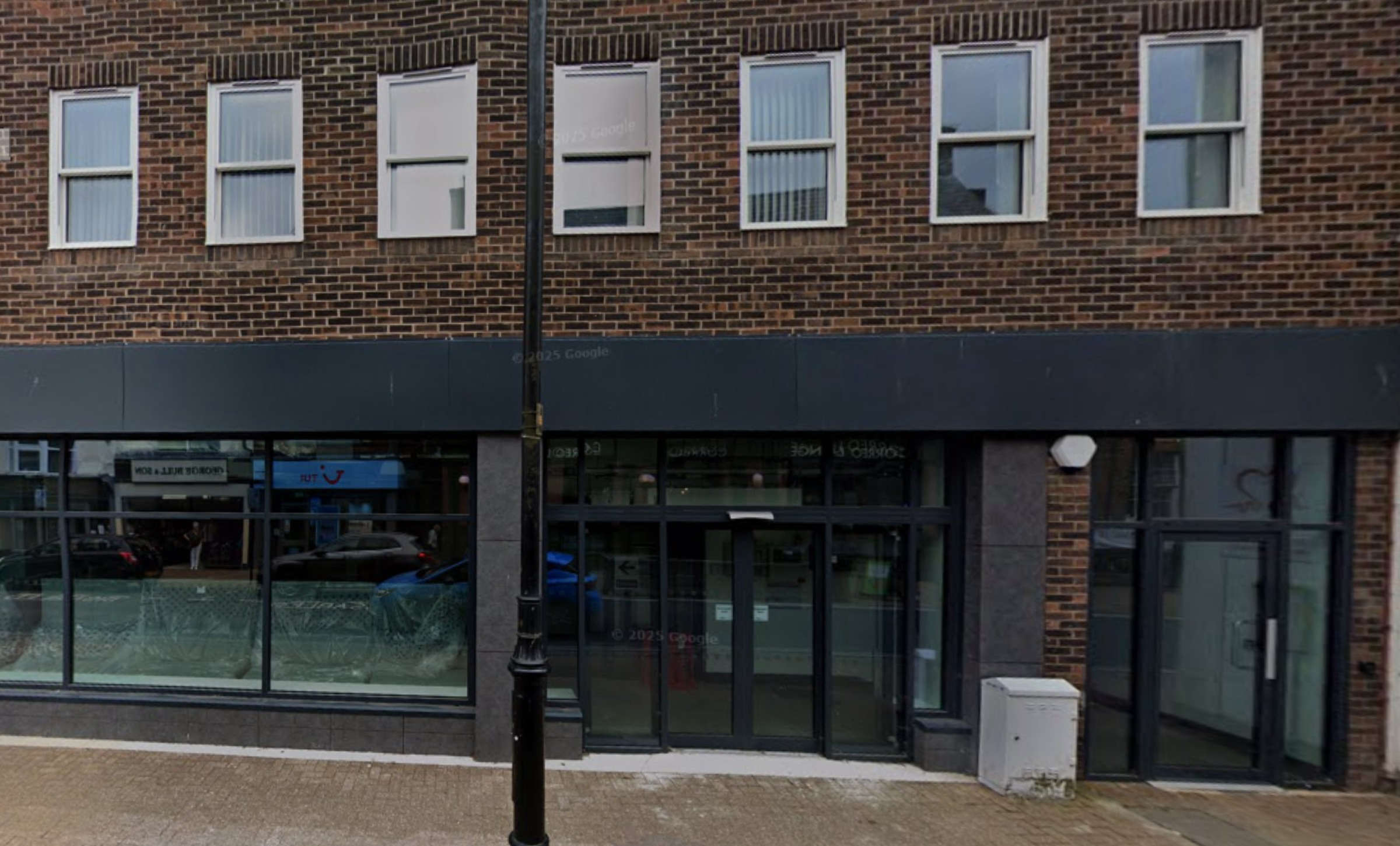 New £6.7m Mental Health Facility To Open On Newport High Street
New £6.7m Mental Health Facility To Open On Newport High Street
 'Shocking, Misplaced And Reckless': Village Residents Hit Out At Housing Plan
'Shocking, Misplaced And Reckless': Village Residents Hit Out At Housing Plan
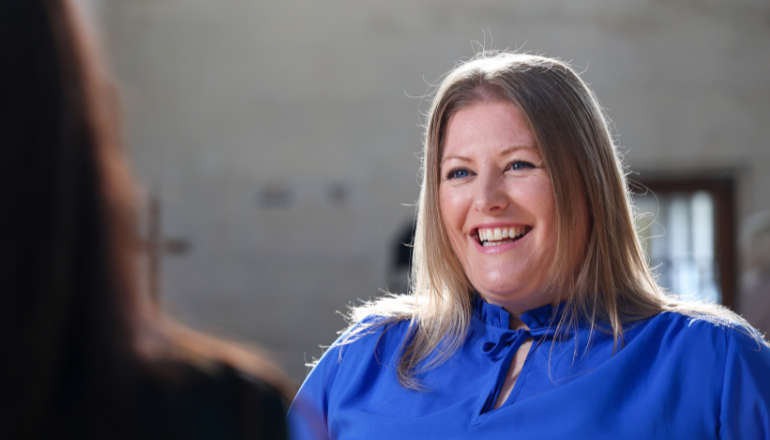 Highest Number Of Police Officers For Hampshire And Isle Of Wight Constabulary In A Decade
Highest Number Of Police Officers For Hampshire And Isle Of Wight Constabulary In A Decade
 Emergency Services Called To Newport Petrol Station After Car Crashes Into Kiosk
Emergency Services Called To Newport Petrol Station After Car Crashes Into Kiosk
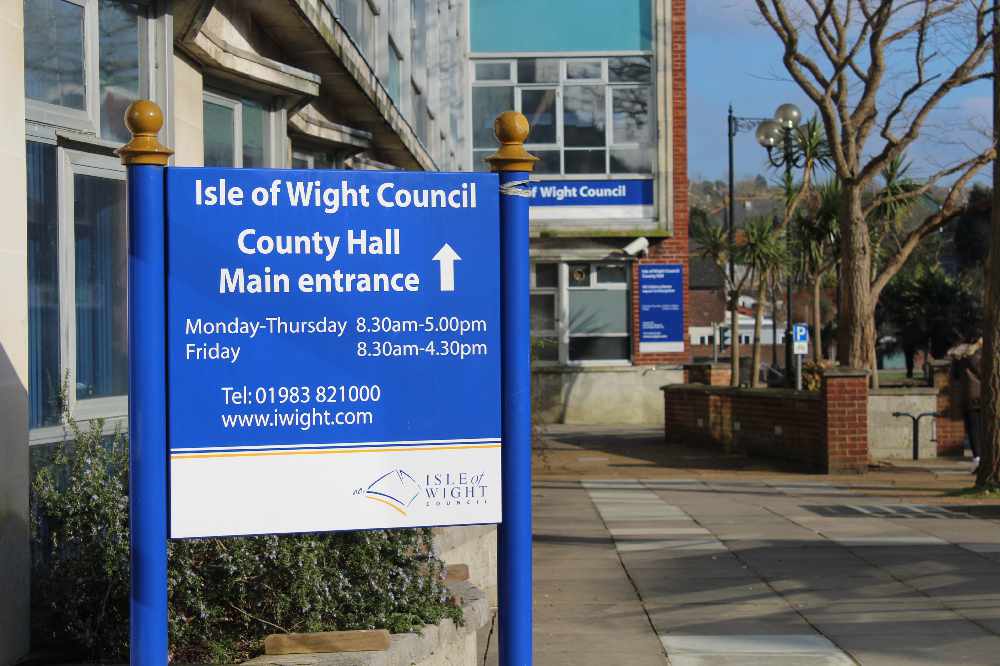 "There's Likely To Be In Excess Of 200 Redundancies": Island Trade Unionists On School Plans
"There's Likely To Be In Excess Of 200 Redundancies": Island Trade Unionists On School Plans
 High Sheriff Presents Inaugural Maritime Volunteers Award To Cowes RNLI Station
High Sheriff Presents Inaugural Maritime Volunteers Award To Cowes RNLI Station
 Education Cabinet Member Faces Renewed Round Of Questions From Concerned Residents
Education Cabinet Member Faces Renewed Round Of Questions From Concerned Residents
 Man Jailed After burglaries Armed With Baseball Bat And Firearm
Man Jailed After burglaries Armed With Baseball Bat And Firearm
 Retailers Say Hampshire & Isle Of Wight Constabulary Is Best At Responding To Retail Crime
Retailers Say Hampshire & Isle Of Wight Constabulary Is Best At Responding To Retail Crime
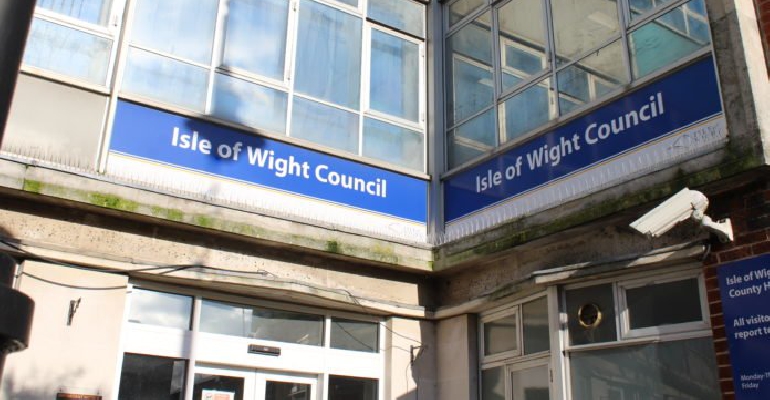 Full Council Opposes School Closure Plans In Blow To Cabinet
Full Council Opposes School Closure Plans In Blow To Cabinet
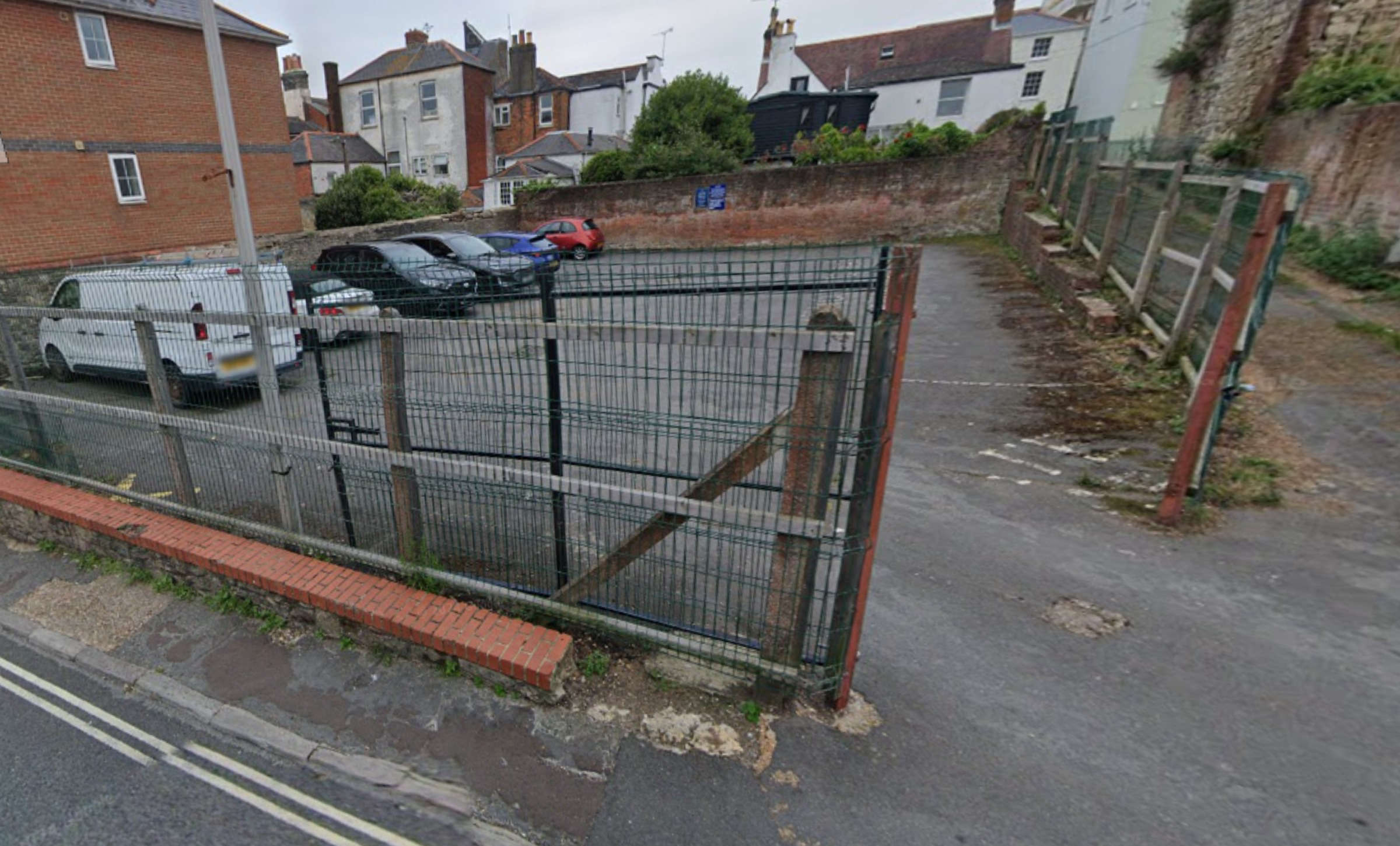 Eight Electric Vehicle Charging Bays Could Be Installed In Isle Of Wight Town Centre
Eight Electric Vehicle Charging Bays Could Be Installed In Isle Of Wight Town Centre
 New Drop-In Sessions Announced For Isle Of Wight Dementia Strategy Review
New Drop-In Sessions Announced For Isle Of Wight Dementia Strategy Review
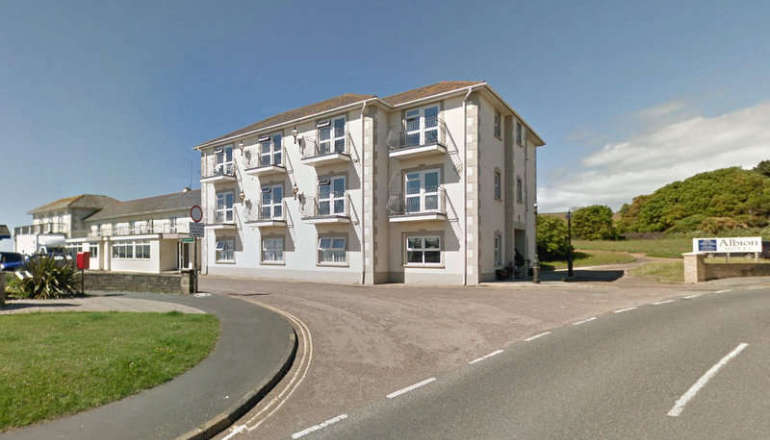 Plans To Enhance Luxury Freshwater Seafront Hotel Approved
Plans To Enhance Luxury Freshwater Seafront Hotel Approved
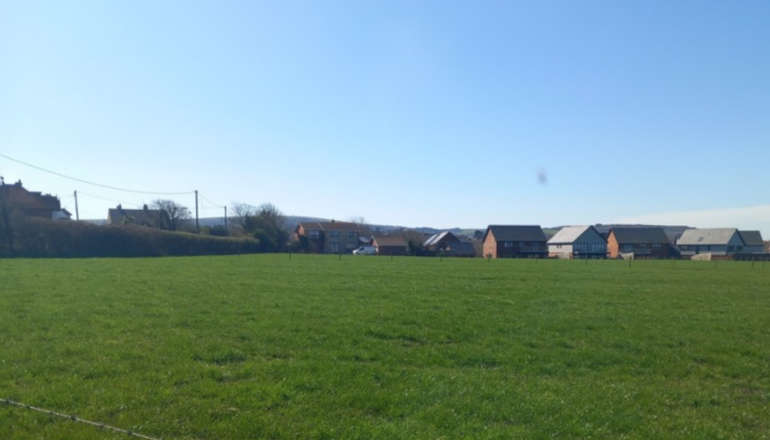 Thousands Of Pounds Of Investment Needed If Housing Development Goes
Thousands Of Pounds Of Investment Needed If Housing Development Goes


